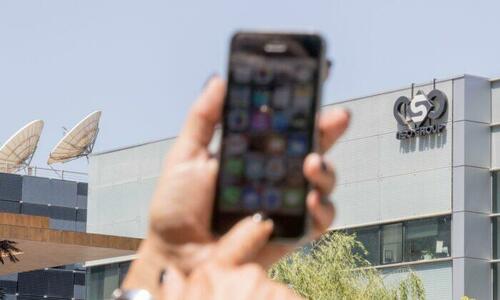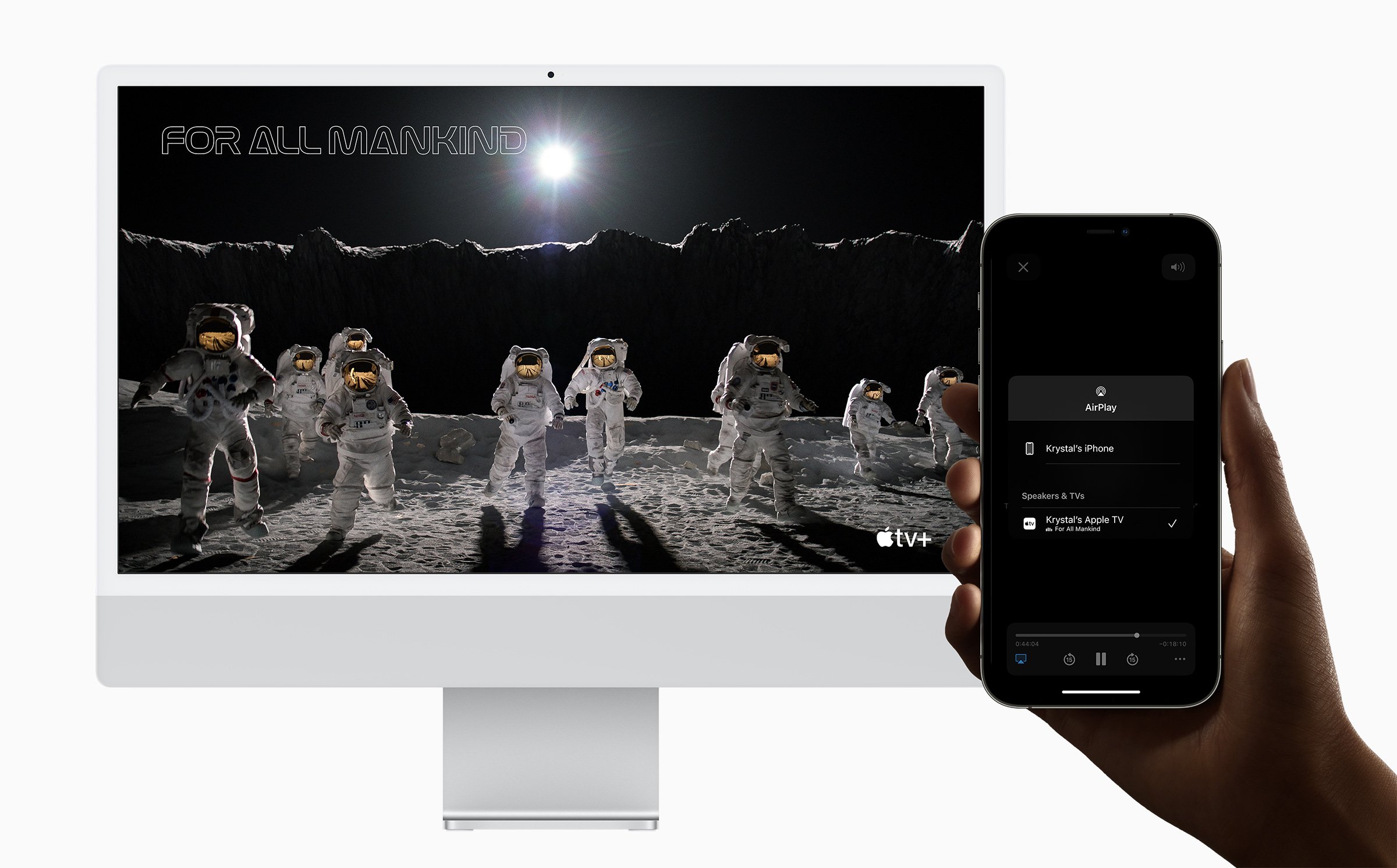

Like every new release of a major OS, Monterey combines plenty of in-your-face enhancements that make for good publicity while also offering plenty of invisible improvements that matter more. In the final beta version, and now the release version, Apple relented and brought back the old separate address bar and tab bar, though the new layout is now available as an option. Apple’s idea seems to have been to save space for the browser window, but many users-including me-kept closing tabs instead of selecting them and found the new design awkward and confusing. One change that you may have read about, even if you haven’t been running the beta, was a new design for Safari which combined the tab bar and the address bar in a single row. Another is Quick Note, which lets you create a note in the Notes app simply by pressing Fn+Q while working in any app, or by setting up a hot corner that opens a Quick Note window. One notable convenience is a customizable Focus option that lets you filter out notifications from people or apps that you don’t want to hear from while you’re working. It enhances macOS’s already ironclad security, but it looks almost identical to Big Sur, while adding convenience features. In odd-numbered years, like 2021, Apple issues a more incremental release, like macOS 12 Monterey. That meant that on Apple Silicon (M1) Macs you could install many iOS apps and use them on a Mac in exactly the same way you use them on an iPhone or iPad. Last year’s macOS 11 Big Sur changed the interface to a more spacious modern design and was the first version to support for Apple Silicon hardware. In even-numbered years, the new version is a radical upgrade with a new look and major changes under the hood.

The Mac gets a new OS release every year in the fall. I haven’t had a chance to try out Monterey on the new new MacBook Pro models announced this month, the first hardware specifically designed for Monterey.Īpple’s macOS releases tend to follow a pattern that Apple has never talked about, but which is clearly how its developers think. If you’re using an Intel Mac, you may find more. Apple hasn’t spelled out all the differences between platforms, so some of these I found by accident. Some Monterey features work only on M1 Macs, and I’ve mentioned the ones that I’ve noticed. I tested it on an M1 MacBook Pro made in 2020 and a 2015-vintage Intel MacBook Pro, where Monterey worked smoothly and quickly-and seemed to run at least as fast as earlier versions, perhaps even better, a sign that Apple hasn’t abandoned support of Intel Macs. It won’t run on the low-end 2015 MacBook, but it will run on a few older desktop machines, including the late-2014 Mac mini and the late 2013 Mac Pro. Monterey runs on almost any Mac released in 2015 or later. Best on Apple Silicon, Still Excellent on Intel If you buy a Mac with 12.0 installed, expect Software Update to prompt you to update to 12.0.1. That extra 0.1 means that Apple installed version 12.0 on new MacBook models while they were in production, then apparently fixed bugs and tweaked the OS for the 0.1 version, all before Monterey was released.

When you install Monterey, you’ll find that it’s version number is macOS 12.0.1. The first public release of Monterey includes a related AirPlay to Mac feature that lets you use your Mac to display content from another device, in the same way you’re already able to use AirPlay to display content from your Mac or other device to a TV. There’s no official word on when the point release will go public to everyone, but you can probably expect it by the middle of November. Note that Apple added SharePlay to the public beta of Monterey’s first point release, late in October. Another is SharePlay, which lets you use FaceTime to share movies and music with friends. One of those delayed features is Universal Control, which will let you move your cursor back and forth between a Mac and an iPad, or between two Macs, and drag files between the two devices. You won't lose anything by waiting.Īnother reason to wait is that some of Monterey’s coolest features aren’t included in the first release, and Apple says you have to wait until later this fall before you can use them. Even with the vast number of beta testers who tried out Monterey, some obscure problem always slips through.


 0 kommentar(er)
0 kommentar(er)
